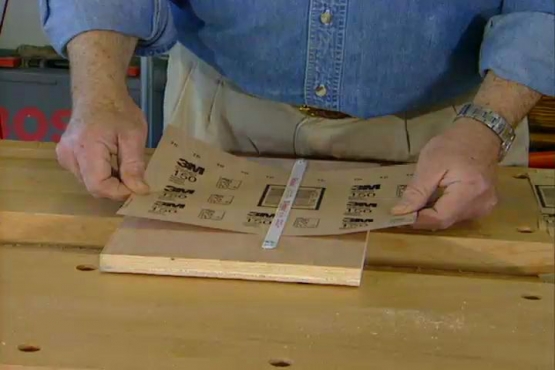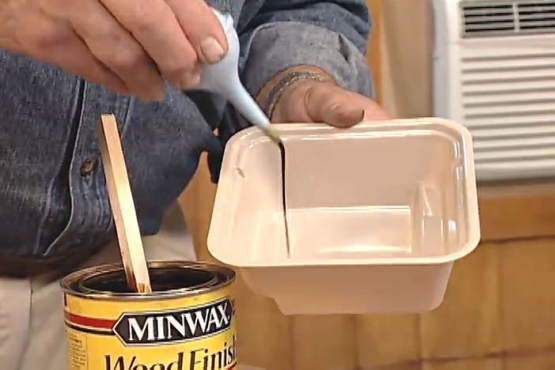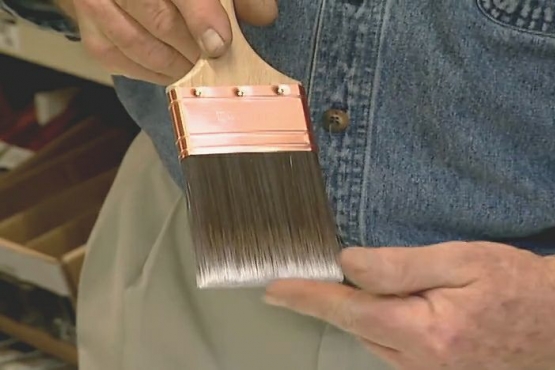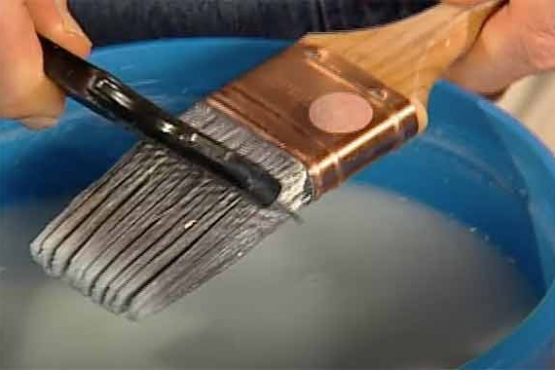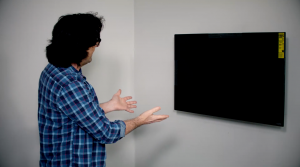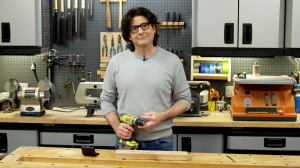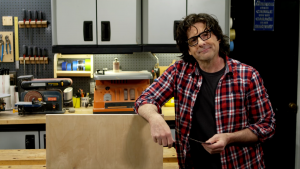How to Refinish Kitchen Cabinets Without Stripping
Why Refinish Kitchen Cabinets Without Stripping?
If the kitchen is the most-used room in the house, then you can probably say that the kitchen cabinets are the most-used thing in that room. With time and repeated cleanings, they can end up looking pretty shabby. If it's not time to replace or reface them yet, then you might want to consider refurbishing them with a combination coating and stain. Refinishing kitchen cabinets without stripping allows you to preserve the natural beauty of the wood while still allowing you to update the color and appearance of your cabinets.
Benefits of Using a Combination Coating and Stain
Using a combination coating and stain can transform your kitchen cabinets in more ways than one. It not only adds a rich and lustrous finish to the wood, but also provides protection against scratches, moisture, and heat. The combination of coating and stain allows for a seamless and durable result that will withstand the daily wear and tear of a busy kitchen.
When it comes to applying a top coat whether it's varnish, shellac or polyurethane like this, always try to use a good quality brush with plenty of fine bristles that are securely attached – because nothing is more annoying, especially with a combination stain and top coat than having to pick out bristles that have conspicuously displayed themselves in a newly laid down finish. Also, you’ll want to finish off with long, straight parallel strokes in one direction, a technique painters call, striking off.
Tools and Materials Needed for the Refinishing Process
To successfully refinish your kitchen cabinets, you will need a few essential tools and materials. These include sandpaper for smoothing the surfaces, a quality stain and polyurethane product, felt tip furniture pen for touch-ups, brushes for applying stain, clean rags for wiping off excess stain, and a drop cloth or plastic sheeting to protect your kitchen surfaces.
Letting it Dry and Curing
After applying the protective coating, allow your kitchen cabinets to dry completely. This may take several hours or even overnight depending on the product you're using. It's important to follow the manufacturer's instructions for drying
Marvel at Your Refinished Cabinets
Not only does the refinished cabinets bring a fresh and updated look to your kitchen, but investing in your kitchen can add value to your home. The cabinets play a significant role in the overall aesthetics of the space, so by refinishing them, you've given your kitchen a whole new lease on life. Now you can enjoy cooking and entertaining in a space that feels updated!
Related Tips
Blog Articles
Expert Tips: How to Mount a TV on the Wall
Get step-by-step instructions on how to mount a TV on the wall, especially for big screen TVs. Master the art of wall mounting with our tips.
Frustrated by Stripped Screws? Here’s How to Get Them Out Fast
We've all been there. You're in the middle of a project, and suddenly your screwdriver spins uselessly in the screw head. The screw is stripped, and frustration sets in. With a little know-how and this simple trick, you can tackle a stripped screw and get your project back on track.
The Secret to Finishing Plywood Edges
Plywood projects are fantastic, but exposed edges can be an eyesore. This blog post unveils the magic of edge banding - a simple technique to create flawless, finished edges on your plywood projects, making them look professional and ready for paint or stain. Watch the video to learn how to apply edge banding like a pro!
